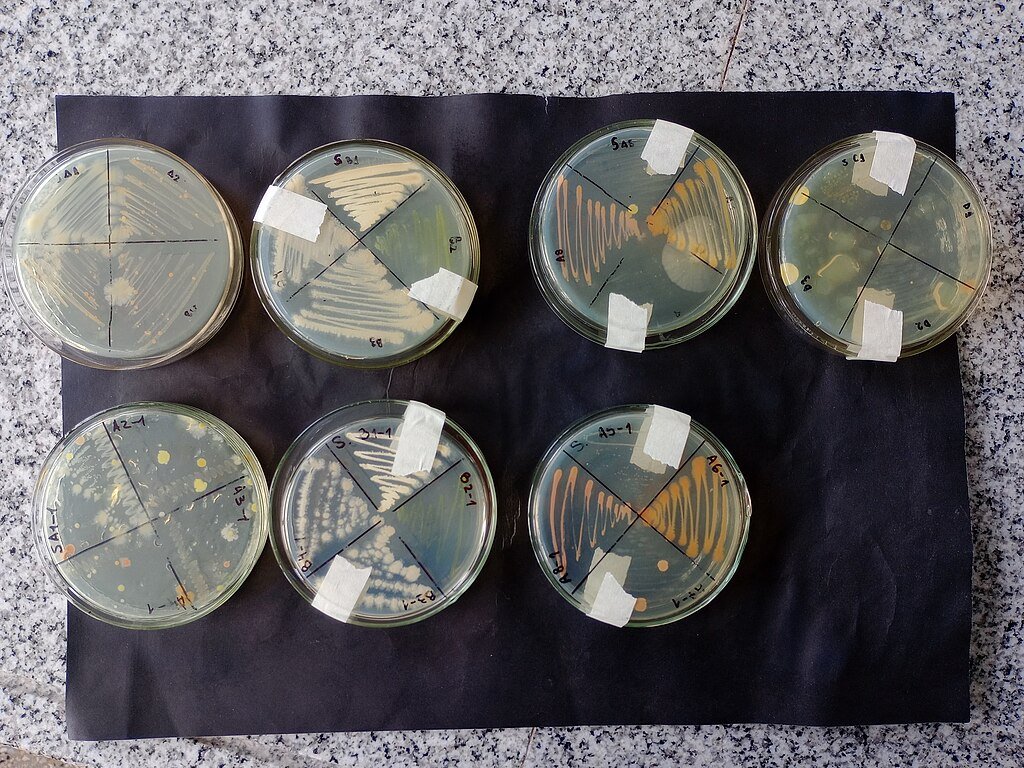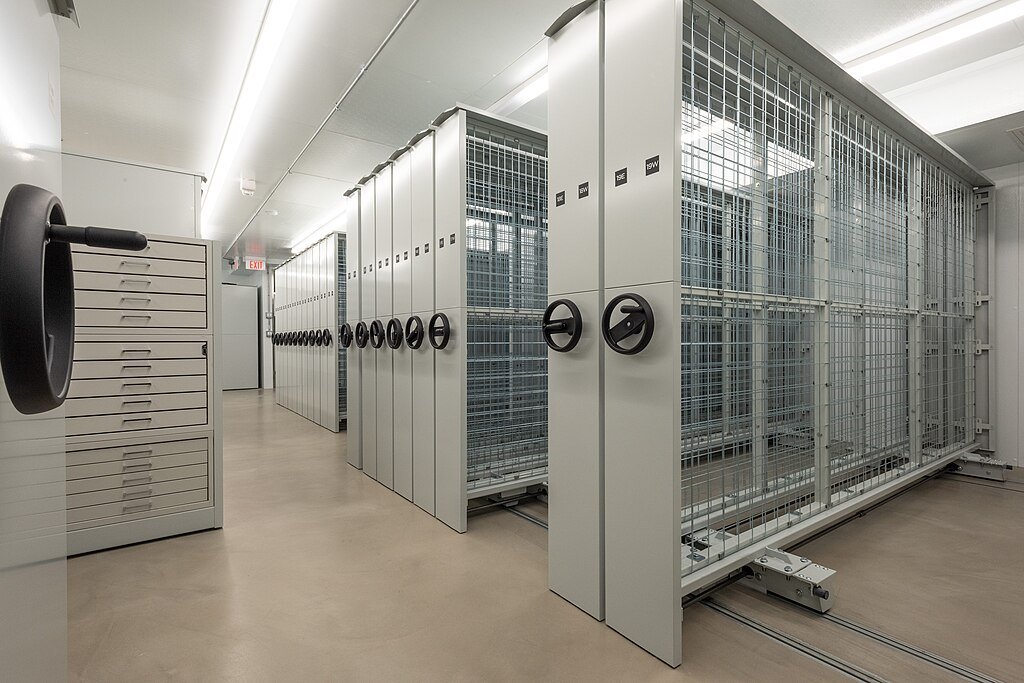As Earth enters an age of rapid ecological change, a quiet revolution is taking place in freezers chilled to -80°C. Scientists around the world are building a “Microbial Noah’s Ark”—a global effort to preserve the planet’s microbial diversity before it’s lost to industrialization, climate shifts, and modern living. The Microbiota Vault Initiative, modeled in part after the Arctic’s Svalbard Seed Vault, aims to secure the future of beneficial microbes essential to human health and planetary stability.
Why Microbes Matter

Microorganisms—bacteria, fungi, archaea, and viruses—form the foundation of nearly every ecosystem on Earth. They enrich soil, regulate nutrient cycles, ferment foods, digest nutrients, fine-tune our immune systems, and even contribute to mental health. Yet these microbial allies are disappearing at unprecedented rates due to antibiotic overuse, urbanization, pollution, and homogenized diets. Their loss has been associated with surging cases of allergies, inflammatory bowel disease, metabolic disorders, and autoimmune conditions.
Building the Vault

Launched in 2018 and now entering its growth phase, the Microbiota Vault Initiative has already preserved over 2,000 samples from 32 countries. These include gut microbiomes from traditionally living populations, fermented foods, and environmental microbes. Samples are stored under cryogenic conditions at the University of Zurich and Rutgers University. The project plans to reach 10,000 preserved specimens by 2029, securing one of the most valuable—but overlooked—pools of biodiversity on the planet.
A Decentralized, Ethical Approach
Unlike centralized gene banks, the Microbiota Vault promotes a distributed and equitable model of preservation. Each contributing community retains sovereignty over its samples, ensuring that traditional knowledge and microbial heritage aren’t extracted without permission or recognition. Guided by newly established ethical protocols, the initiative is shaped by a global network of over 100 scientists and researchers working to ensure inclusive governance and long-term accessibility.
The Global Microbiome Crisis
Research shows that people in rural and traditional societies harbor a far more diverse gut microbiome than those in urbanized nations. As Western diets and sanitation systems become globalized, this microbial diversity is steadily eroded. Studies also suggest that children growing up in microbe-rich environments are less likely to develop allergies and autoimmune conditions. The loss of traditional microbiota could therefore have lasting impacts on immune resilience, chronic disease, and even pandemic preparedness.
What’s Ahead
The team is currently scouting cold-climate countries like Switzerland and Canada for a permanent vault location. Meanwhile, sampling efforts are expanding to include underrepresented microbiomes associated with plants, animals, and wild environments. Long-term goals include integrating the vault into policy frameworks for climate adaptation, food security, and public health resilience. In an age of global upheaval, the preservation of microscopic life may prove to be one of humanity’s most forward-thinking acts.
Conclusion
The Microbiota Vault is more than a scientific safeguard—it’s a testament to the invisible organisms that sustain us. As scientists race to secure this microscopic legacy, they offer a compelling vision of planetary stewardship built not only on genes and species but on the microbial threads that knit together ecosystems, bodies, and cultures. The vault may be buried in ice, but its mission pulses with urgency: protect the unseen so that future generations may thrive.
Source:





